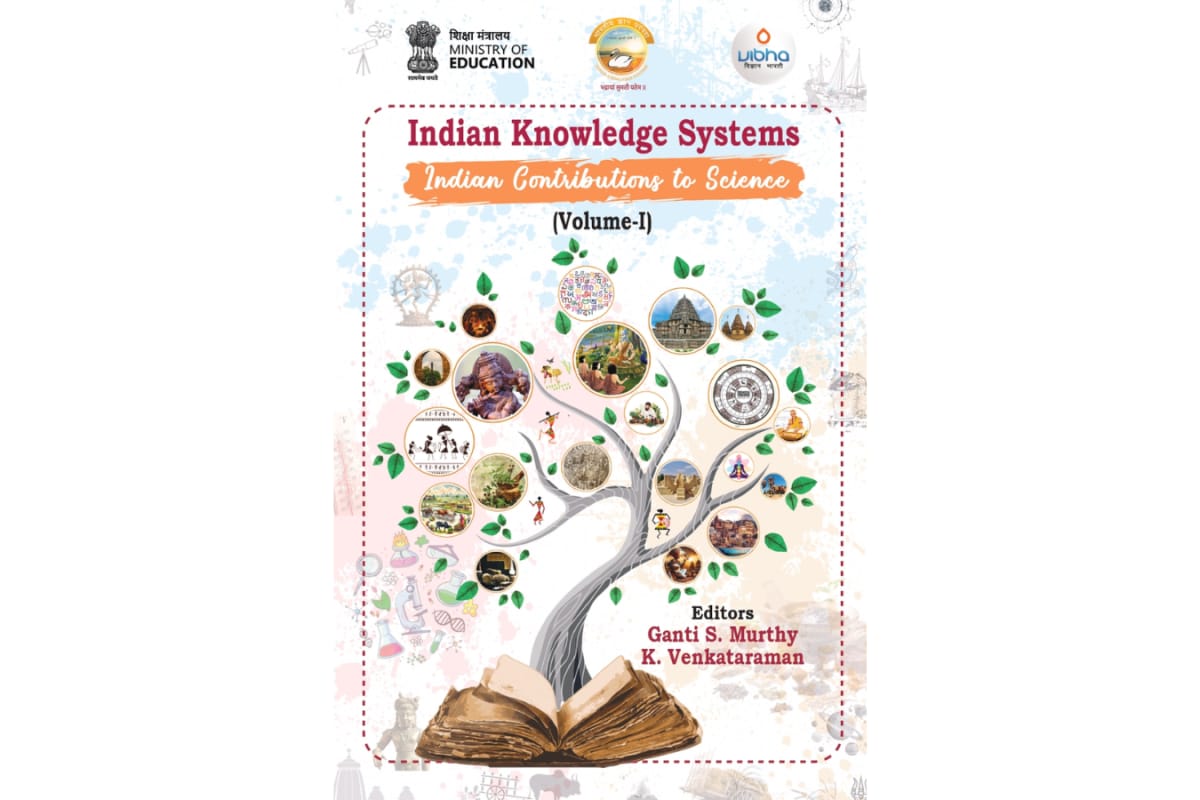Ayurveda's Historical Roots
The exploration of Ayurveda begins by tracing its roots back to the Vedas, positioning its formal codification to at least 4,000 years ago, predating Hippocrates
by over 1,500 years. Ancient Indian traditions are said to have promoted harmony between science and spirituality, a contrast to the Western world's frequent clashes between science and religion. A book titled 'Indian Knowledge Systems: Indian Contributions to Science, Volume I' aims to connect ancient insight with modern inquiry, fostering scientific curiosity and cultural confidence among students and educators. The book emphasizes the relevance and importance of Ayurveda in today's healthcare landscape and acknowledges its long-standing recognition of diet, lifestyle, and mental health, which modern medicine is increasingly embracing.
The Ayurvedic Conference
Central to understanding Ayurveda's evolution is a 'remarkable' conference. Hosted thousands of years ago, the proceedings have endured to this day, offering valuable insights. This conference, chaired by Atreya, a student of Bharadvāja, involved Ayurvedic ācāryas (teachers) converging on the Himalayas to address health issues. During the conference, Bharadvāja presented fundamental Ayurvedic concepts: etiology, symptomatology, and therapeutics as essential to well-being. The significance of this event underlines Ayurveda's comprehensive approach to health, reflecting the deep, ancient understanding that continues to influence modern medical practices. The book highlights the holistic approach of Ayurveda, which modern medicine is increasingly acknowledging.
Book's Comprehensive Scope
The book, spanning 430 pages, covers science, technology, engineering, and mathematics (STEM). Crafted for students from Classes 6 to 12, it also targets educators and professionals interested in India's knowledge traditions. Following the Anubandha-Chatustaya framework, each chapter addresses the learner, subject, purpose, and relevance. Written by professors and scholars from the Indian Institutes of Technology (IITs), the Indian Institute of Science Education and Research (IISER) Pune, and the All India Institute of Medical Sciences (AIIMS), New Delhi, the book showcases India's rich heritage. Edited by Ganti S. Murthy and K. Venkataraman, the book is a thoughtful contribution to the dialogue between ancient wisdom and contemporary inquiry, as the editors stated.
Historical Medical Practices
The book features an illustration of ancient eye surgery performed on a horse, as per the Śālihotra Saṃhitā, a classical Sanskrit veterinary text. This example illuminates the advanced medical knowledge of ancient Indian veterinarians, demonstrating their skill in treating animals. The event reflects the sophisticated medical understanding of ancient India. This highlights the detailed practical knowledge prevalent during that time, offering valuable context to Ayurveda’s rich medical heritage. This also sets the stage to showcase the various achievements made in ancient India.
Kerala's Calculus Pioneers
Beyond medicine, the book also touches upon India's contributions to mathematics. It notes that scholars in medieval Kerala, led by Madhava of Sangamagrama, were exploring infinite series and laying the foundations for mathematical analysis, centuries before Newton and Leibniz formalized calculus in Europe. The editors highlighted that the book showcases how ancient Indian teachers came together to discuss health issues impacting humans, animals, and plants. This parallel showcases India’s diverse contributions, emphasizing how Indian scholars were advanced in mathematics, even before their European counterparts.









